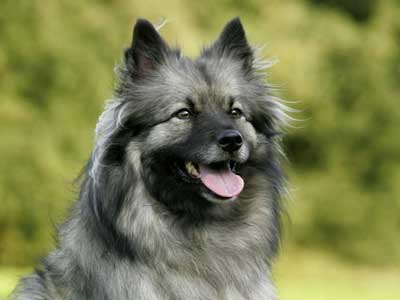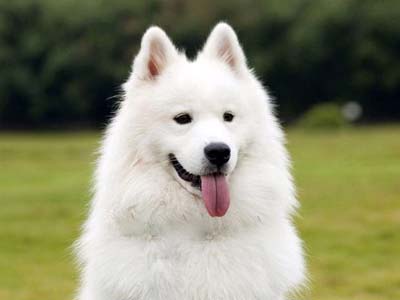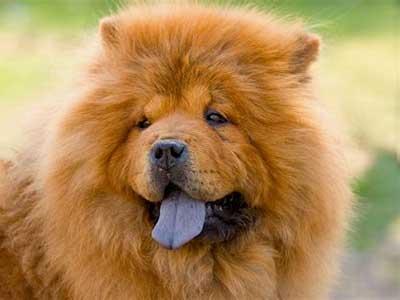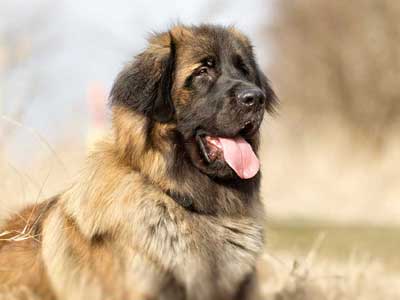Eurasier
Breed Information |
|
|---|---|
| Popularity |
2022: # 2021: # 2020: # 2019: # 2018: # 2017: # 2016: # 2015: # |
| Name | Eurasier |
| Other names | Eurasian, Eurasian Spitz, Eurasian Dog |
| Origin |  Germany Germany |
| Breed Group |
Northern Breed (UKC) |
| Size | Medium |
| Type | Cross Breed |
| Life span | 11-13 years |
| Temperament |
Alert Calm Even Tempered Intelligent Reserved Watchful |
| Height |
Male: 20-24 inches (52-60 cm) Female: 16-18 inches (48-56 cm) |
| Weight |
Male: 50-70 pounds (23-32 kg) Female: 40-60 pounds (18-26 kg) |
| Colors |
Black Black & Tan Fawn Red Wolf-sable |
| Litter Size | 4-8 puppies |
| Puppy Prices |
Average $2000 - $2500 USD Eurasier’s are a purebred breed that can be kind of expensive. You can find one from a reputable breeder priced between $2,000 to $2,500. Most breeders will fall into this range, but some could be over that price based on bloodline, title, clubs recongised, etc. |
Breed Characteristics |
|
|---|---|
| Adaptability |
5 stars |
| Apartment Friendly |
5 stars Does not do well in an outside kennel, chained up or confined to one room. They do best when they are part of the family. If they are left isolated and/or left alone for long periods of time they can become depressed. Calm and quiet indoors, active and playful outdoors, they enjoy some good action. |
| Barking Tendencies |
3 stars Occassional |
| Cat Friendly |
4 stars |
| Child Friendly |
4 stars Good with Kids: This is a suitable dog breed for kids. It is also friendly toward other pets and shy toward strangers. |
| Dog Friendly |
5 stars |
| Exercise Needs |
3 stars A good amount of exercise is a must. This breed needs daily long walks, where the dog is made to heel beside or behind the human holding the lead, as instinct tells a dog the leader leads the way, and that leader needs to be the human. They should have a safe enclosed area to run free. |
| Grooming |
3 stars Moderate Maintenance: Regular grooming is required to keep its fur in good shape. Occasional trimming or stripping needed. |
| Health Issues |
2 stars Hypoallergenic: NoEurasiers are generally healthy dogs, though a small gene pool in the breed's early years has led to some hereditary diseases being seen occasionally. Known issues include hip dysplasia, luxating patella, and hypothyroidism, as well as eyelid and lash disorders such as distichiae, entropion, and ectropion. |
| Intelligence |
3 stars Ranking: (N/A) Full Ranking List |
| Playfulness |
3 stars |
| Shedding Level |
3 stars Moderate Shedding: Routine brushing will help. Be prepared to vacuum often! |
| Stranger Friendly |
1 stars |
| Trainability |
3 stars Moderately Easy Training: The Eurasier is average when it comes to training. Results will come gradually. |
| Watchdog Ability |
4 stars |
Eurasier Names |
||
|---|---|---|
| Rank | Boy Names | Girl Names |
| 01 | Buddy | Molly |
| 02 | Milo | Bella |
| 03 | Toby | Mia |
| 04 | Riley | Luna |
| 05 | Rocky | Rosie |
| 06 | Louie | Ellie |
| 07 | Harley | Emma |
| 08 | Henry | Stella |
| 09 | Gus | Lulu |
| 10 | Bailey | Angel |
| 100 Cute Puppy Names › | ||
Overview |
|---|
|
The Eurasier is a balanced, well-constructed, medium-sized Spitz (Spitzen) type dog with prick ears. It comes in different colors: fawn, red, wolf-grey, solid black, and black and tan. All color combinations are allowed, except for pure white, white patches, and liver color. Fédération Cynologique Internationale (FCI) standards call for the Eurasier to have a thick undercoat and medium-long, loosely lying guard hair all over the body, with a short coat on the muzzle, face, ears, and front legs. The tail and the back of the front legs (feathers) and hind legs (breeches) should be covered with long hair. The coat on the Eurasier's neck should be slightly longer than on the body, but not forming a mane. The breed may have a pink, blue-black or spotted tongue. Eurasiers are calm, even-tempered dogs. They are watchful and alert, yet reserved towards strangers without being timid or aggressive. Eurasiers form a strong link to their families. For the full development of these qualities, the Eurasier needs constant close contact with its family, combined with understanding, yet consistent, training. They are extremely sensitive to harsh words or discipline and respond best to soft reprimand. The Eurasier is a combination of the best qualities of the Chow Chow, the Keeshond, and the Samoyed (dog), resulting in a dignified, intelligent breed. Eurasiers were bred as companion dogs; as such they do poorly in a kennel environment such as those commonly used for institutionally trained service dogs, nor are they well suited for the social stresses of working as a sled or guard dog. Training should always be done through family members, not through strangers or handlers. Eurasiers should never be restricted to only a yard, kennel, crate, or chained up. They would pine and become depressed. Within these limitations, Eurasiers can work very well as therapy dogs. This breed enjoys all kinds of activities, especially if the activities involve their family. Eurasiers are calm and quiet indoors, outdoors they are lively and enjoy action. Eurasiers rarely bark but if they do, they usually have a good reason. |
History |
|
The Eurasier was developed in the '60s to be a gentle family dog and protector. German breeder Julius Wipfel began by crossing Chow Chows with Wolfspitzes (which in some countries are considered the same breed as the Keeshond). One Samoyed male also contributed to the new breed’s bloodlines. Originally called the Wolf Chow, the dogs were recognized in 1973 by the Federation Cynologique Internationale and given the name Eurasier to symbolize their combined European and Asian heritage. The dogs are popular in Germany and Switzerland but are still little known in the United States. The breed was recognized by the United Kennel Club in 1996 under the name Eurasian. The UKC categorizes it as a Northern breed, the FCI consider it a Spitz or Primitive type. |
References
- [1] ^ YouTube: Eurasier - TOP 10 Interesting Facts
- [2] ^ Fci.be: EURASIER (Eurasian) - Breed standard





